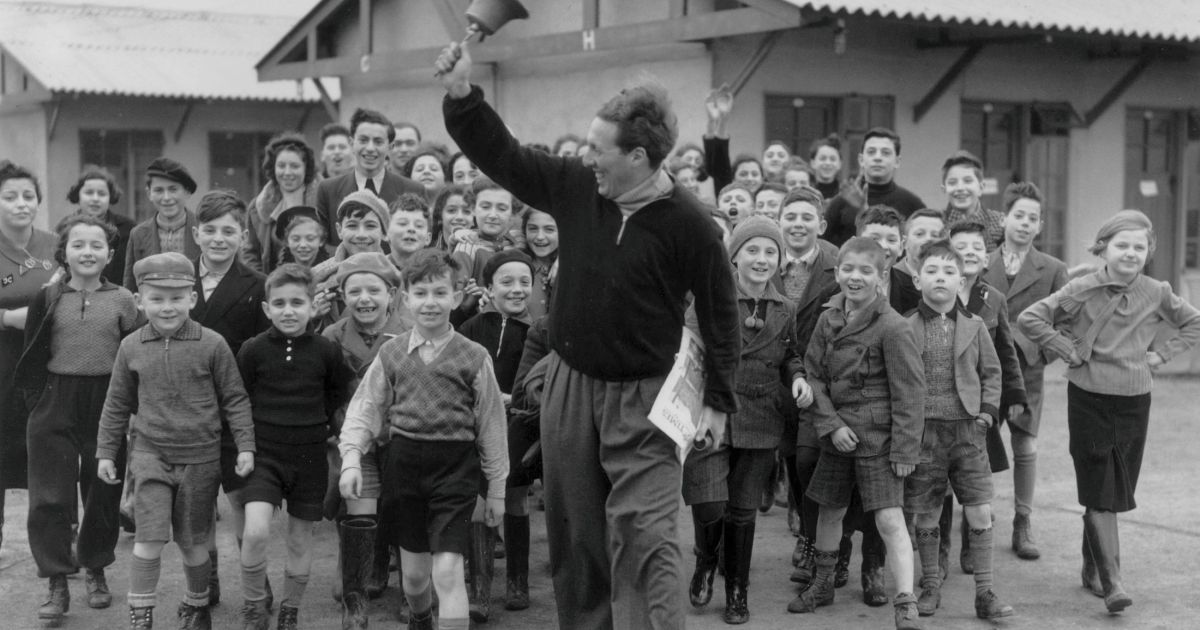For 93-year-old Paul Kester, the sum of $A4000 offered him by the German government for his childhood ordeal during the Nazi era can never replace what he lost, but he welcomes the payment as recognition that “this history is not forgotten.”
Kester, who spent his early years in Germany, was just 13 when he was sent away by his parents to Sweden as part of the Kindertransport, a rescue mission that allowed some 10,000 Jewish children to flee Nazi-occupied Europe in the late 1930s.
He is now one of a rapidly diminishing number of living Kindertransport refugees eligible for a one-time payment of 2500 euros – just over $4000 in Australian dollars – approved by the German government this week for survivors of that humanitarian effort.
“It’s a goodwill gesture,” Kester said of the compensation offer during an interview with Reuters at the Los Angeles Museum of the Holocaust, which opened an exhibit on the Kindertransport this year marking its 80th anniversary. “The amount is something that doesn’t mean much to me. But the gesture does.”
Only about 1000 of the Kindertransport evacuees, now in their 80s and 90s, are still believed to be alive worldwide, though the precise number is uncertain, a museum spokeswoman said.
About a half dozen are known to reside in the Los Angeles area, including Kester, a retired accountant who settled in the United States in 1948 with his wife, Susanne, also a German refugee. They met during his 10 years in Sweden. She has since died.
As a boy, Kester lived in Wiesbaden, Germany, where his father managed a family-owned clothing store. But after the widespread violence and destruction of the anti-Jewish Kristallnacht pogroms that swept Germany in November 1938, Kester’s parents arranged for him to flee the country.
Read the article by Simon Thompson (Reuters) in The Australian.

